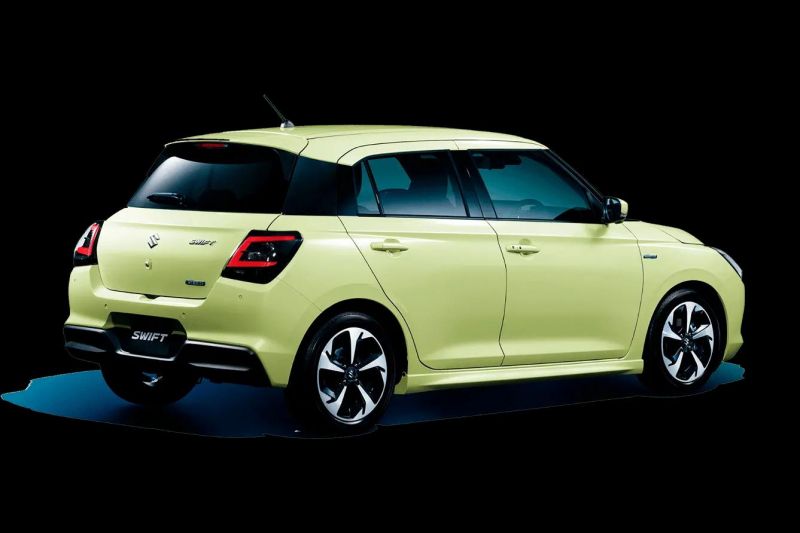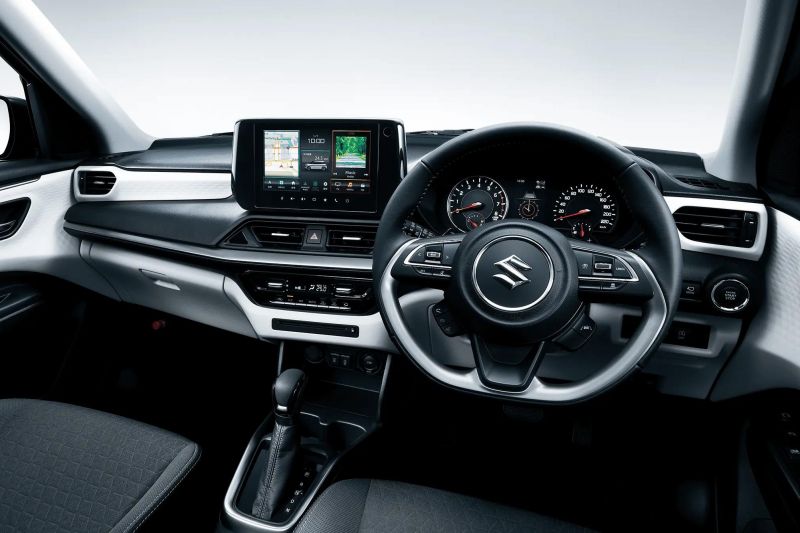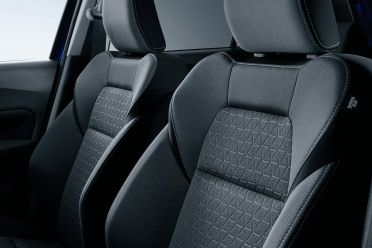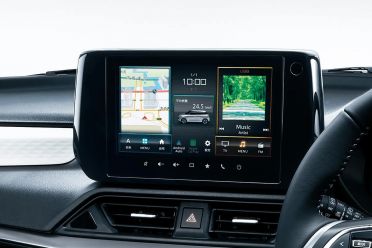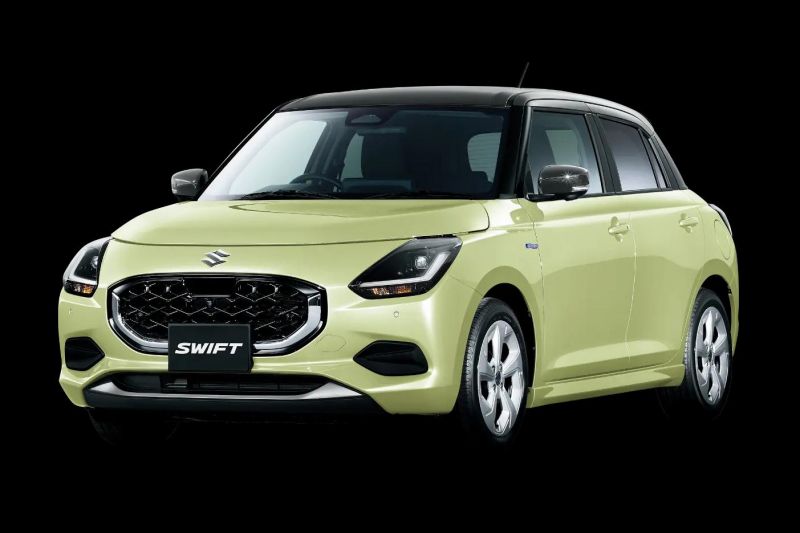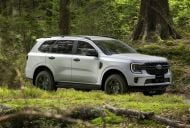The 2024 Suzuki Swift has been revealed and, unsurprisingly, it looks identical to the concept revealed days ago at the Tokyo motor show.
Suzuki Japan has released some details of its new light hatch ahead of sales beginning in that market. It’s expected to launch here during 2024, but we’ve contacted Suzuki Australia for more specific launch timing.
The company has only confirmed one powertrain thus far: a 1.2-litre three-cylinder, mated with a continuously variable transmission and featuring a mild-hybrid system.
More detailed specifications have yet to be released.
Both front- and all-wheel drive configurations will be available, but as with a great many AWD Japanese cars we don’t expect to see an all-paw Swift here.
The current Swift is offered here with a 1.2-litre four, a 1.0-litre turbo three-pot, plus a 1.4-litre turbo four in the flagship Sport. It’s unclear if the latter two engines will still be available in the new generation.
The concept measures 3860mm long, 1695mm wide, and 1500mm tall on a 2450mm wheelbase.
These measurements make it 15mm longer, 40mm narrower and 5mm taller on an identical wheelbase to the outgoing model, and we don’t expect them to change significantly for the production vehicle.
Inside, there’s a 9.0-inch touchscreen infotainment system with satellite navigation, Apple CarPlay and Android Auto.
In Japan, the Swift will also be offered with Suzuki Connect, a connected vehicle subscription service that allows you to, among other things, remotely check the status of your vehicle.
The front seats have more bolstering, and the Swift is available with unusual textured white appliques across the dash and doors.
The manual handbrake has been dropped in favour of an electric parking brake, and there’s also an auto hold function.
The new Swift is expected to use a modified version of the current ‘Heartect’ platform to help conform to more stringent safety standards.
There’s a wider range of active safety and driver assist features, powered by a combination of ultrasonic sensors, a millimetre wave radar and a monocular camera.
These include:
- Autonomous emergency braking (AEB) with vehicle, pedestrian, cyclist and motorcyclist detection
Reverse AEB - Adaptive cruise control with stop/go and lane centring
- Adaptive high-beam
- Blind-spot monitoring
- Driver attention monitoring
- Lane-keep assist
- Rear cross-traffic alert
- Surround-view camera
- Traffic sign recognition
In addition to the usual black, white and grey shades, Suzuki will offer a selection of more distinctive finishes. These include Cool Yellow, Frontier Blue Pearl, Caravan Ivory Pearl, Flame Orange Pearl and Burning Red Pearl.
Buyers can also opt for a contrasting black roof.
Suzuki’s designers have been conservative with the new Swift, with the latest model representing another careful evolution of the original 2004 reboot.
There is one key visual change, however: the rear door handles are no longer located in the C-pillar.
Instead, the handle sits on the door, just below a new, more prominent side crease. Otherwise, the vehicle is stylistically very similar to the outgoing model, if with slightly sharper detailing.
The Swift has even greater importance to the Australian market following Suzuki Australia’s axing of the Baleno, which didn’t meet ADR 85/00 side impact standards in its updated guise.
That leaves Suzuki with just one light hatch to do battle with the top-selling MG 3, as well as the likes of the Mazda 2 and Volkswagen Polo. The Swift is currently the brand’s best seller, with 5827 examples sold to the end of October, but is a distant second to the MG 3 (13,497 sales).
MORE: Everything Suzuki Swift
MORE: Suzuki Swift review




